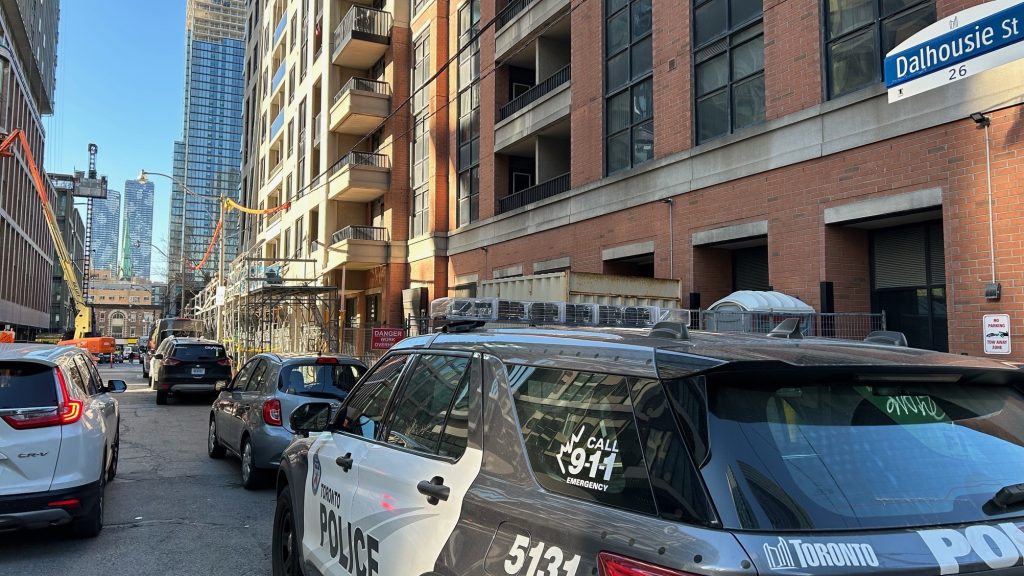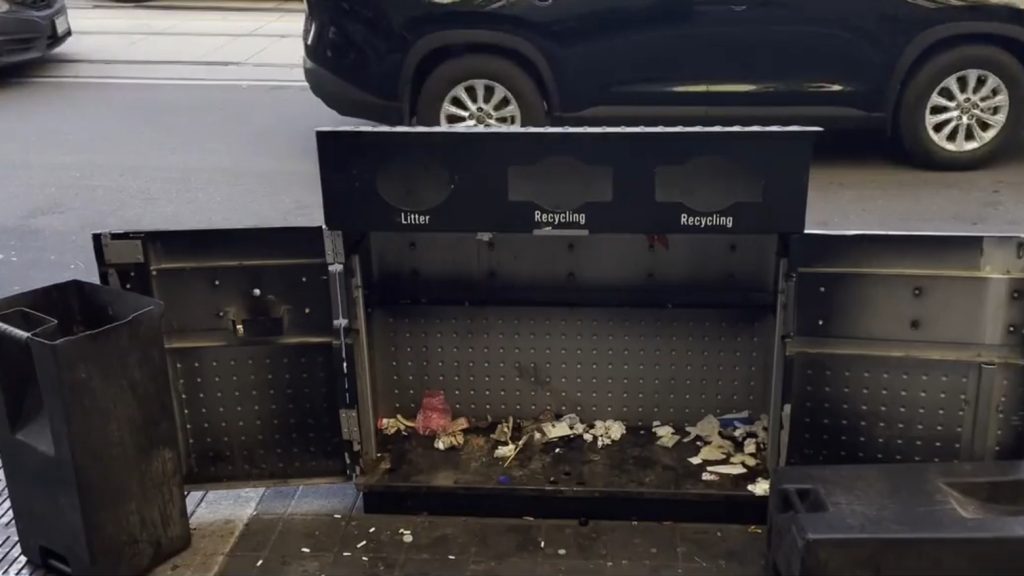EXCLUSIVE: TDSB used unqualified people to fill in for teachers over 1,000 times in 5 month span
Posted April 3, 2019 11:54 am.
Last Updated April 3, 2019 4:17 pm.
This article is more than 5 years old.
Parents and persons with no more than a high school diploma are increasing filling in for absent teachers.
A CityNews investigation revealed earlier this week that the Dufferin-Peel Catholic District School Board relied on people not certified to teach to supervise classrooms nearly 3,000 times last year and have already used parents, student-teachers and other unqualified persons 1,943 times in the first half of this school year.
But now we know that the Toronto District School Board (TDSB) is doing so on a somewhat regular basis as well — 1275 times between September 2018 and January 2019.
Last November, CityNews first identified the problem of an apparent shortage of supply teachers at one of the largest school boards in the GTA.
Dufferin-Peel spokesperson Bruce Campbell said part of the problem was an increase in teacher absenteeism.
“It’s not an ideal situation, but it’s what we’re faced with. It’s not only us, not only Dufferin-Peel, it’s a provincial issue,” Campbell said at the time.
TDSB spokesperson Ryan Bird told CityNews it has faced similar challenges that led the board to resort to an emergency roster of fill-ins.
“The TDSB has experienced some challenges in filling jobs for teachers absent on some days,” he said. “While we generally have an ample roster of Occasional Teachers, a combination of absence levels of permanent teachers and daily jobs being declined by Occasional Teachers can lead to challenging circumstances on some days.”
“These are non-teachers who are screened, interviewed, and require a Police Reference.”
Often, the only qualification is a high school diploma and a clean criminal record.
Between Sept. 2018 and Feb. 28, 2019, the Peel Region District School Board relied on “emergency, non–accredited monitors” to supervise elementary students 543 times.
The Toronto Catholic District School Board didn’t use non-certified personnel last school year, but has had to do so 25 times so far this school year.
Education Minister Lisa Thompson acknowledges this is an ongoing practice.
“The principals and the school boards have the opportunity to allow persons into the classroom via letters of permission and, in granting those letters of permission, there are qualifications. We are working with our school boards to make sure that students have qualified people in front of them on a daily basis,” Thompson said.
Thompson didn’t explain what steps the government was taking to address this issue and offered a similar response when CityNews first questioned her on this topic last November.
But the union representing teachers in the Dufferin-Peel District Catholic School Board says they’ve attempted to address this issue with the government in the past. “Our Association has raised this issue with the government and urged them to ensure that boards are filling teacher absences appropriately,” explains Ontario English Catholic Teachers’ Association (OECTA) local president, Rose Procopio.
“We firmly believe that all students deserve to have their classroom staffed at all times with a qualified, certified teacher. We have even included language in our local collective agreement to ensure that the use of certified teachers is prioritized.”
There’s been a marked increase in teacher sick days since 2012, when the previous Liberal government slashed teachers’ sick day allotment from 20 to 11, and ended the practice of allowing them to carry over unused days to following years.
A 2017 report by the auditor general revealed that more than 50 school boards found that usage of sick days increased by about 30 per cent — from nine days in the 2011-2012 school year, to 11.6 in 2015-2016.
Rules that allow supply teachers to work for multiple boards and the recent extension of teacher qualifications from a one-year to a two-year program on top of a bachelor degree may have also contributed to the increasing reliance on non-qualified personnel at the helm of classrooms.
“The uncertified person will not always have the skill set to be able to guide students in the same way as a qualified teacher,” explained Diane Dewing, president of the Ontario Teachers’ Federation.
Essentially, the monitors are there to supervise students, not teach them. Those school days are, essentially, lost.
“Young people deserve an education with properly qualified and properly certified teachers in the classroom and to hear that school boards are turning to unqualified resources already is problematic. Our kids deserve a proper education,” NDP leader Andrea Horwath told CityNews.
Green Party leader Mike Schreiner echoed those concerns.
“It’s completely inappropriate,” he said. “Our students deserve certified, qualified teachers and also, there are so many young teachers looking for work, that it seems irresponsible to not be using those qualified teachers.”
Using unqualified persons does save school boards money.
Uncertified classroom monitors are paid $22.92 an hour – or about $150 per day, while a certified, qualified supply teacher costs about $260 per day.
“As the Ford government continues to cut education, I’m deeply worried that you’re going to see this type of deterioration in quality,” Schreiner adds.
CityNews asked Thompson if she anticipates an increase in the use of uncertified supervisors with the changes the government is rolling out to classroom sizes and curriculum.
But, she didn’t address the question.
“What I’m anticipating is that we are focusing on making sure that our students are learning about STEM [science, technology, engineering and math], learning about math. They are going to be prepared with job skills and life skills that they need to get a job,” she said.
When asked how that can be possible if qualified teachers aren’t leading the classes, Thompson declined to answer, saying “I’m sorry, I have to go.”
Dewing doesn’t believe the province is living up to its promises on education.
“Unqualified teachers simply do the best they can, and the hope, I believe, is that it’s just going to be for a day. But here’s the problem — At a time when the government says it wants a focus on STEM, they are at this point where zero teachers are being trained in tech. Zero. And previous to this year, there were very, very, very, few.”
Procopio also expressed apprehension that the province was making matters worse.
“I fear that the government’s move to increase class sizes, which will mean even fewer teachers employed, will exacerbate the situation further.”










